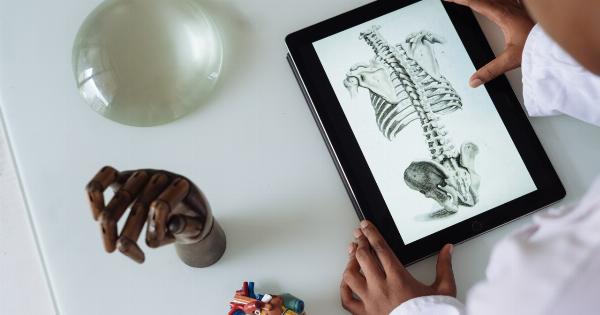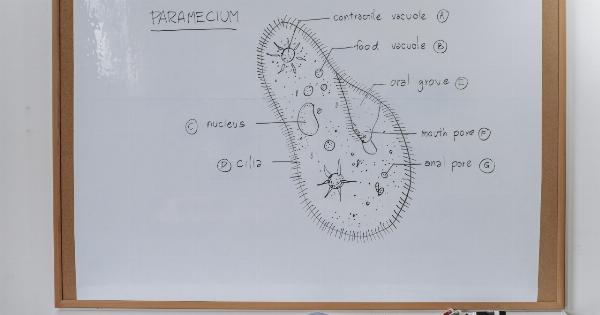Pelvic terrain disorders are a group of conditions that result in pelvic pain, difficulty during intercourse, or the inability to conceive. These disorders may arise from different causes and affect both men and women.
Knowing the causes and symptoms of some of the most common pelvic terrain disorders can help individuals seek the right treatment early and avoid complications. Here are ten common pelvic terrain disorders and their causes:.
1. Endometriosis
Endometriosis is a condition in which the tissue that lines the inside of the uterus grows outside of it. The misplaced tissue can cause pelvic pain, painful intercourse, and infertility.
The cause of endometriosis remains unknown, but some factors, including genetic predisposition, hormonal imbalances, and a retrograde menstrual flow, have been identified.
2. Polycystic Ovary Syndrome (PCOS)
PCOS is a condition that affects females of reproductive age. It is caused by hormonal imbalances that lead to the development of small cysts on the ovaries, irregular periods, and infertility.
The exact cause of PCOS is unknown, but insulin resistance and low-grade inflammation may play a role in its development.
3. Uterine Fibroids
Uterine fibroids are benign growths in the uterus that can cause pelvic pain and heavy menstrual bleeding.
The exact cause of uterine fibroids is unknown, but genetic factors, hormonal imbalances, and excessive estrogen production may contribute to their development.
4. Pelvic Inflammatory Disease (PID)
PID is an infection of the female reproductive organs, including the uterus, ovaries, and fallopian tubes. It is usually caused by sexually transmitted infections such as chlamydia and gonorrhea.
PID can lead to chronic pelvic pain, infertility, and ectopic pregnancy if left untreated.
5. Adenomyosis
Adenomyosis is a condition that occurs when endometrial tissue grows within the muscle walls of the uterus. The condition can cause heavy menstrual bleeding, painful periods, and cramping.
The cause of adenomyosis is unknown, but hormonal imbalances and inflammation may contribute to its development.
6. Ovarian Cysts
Ovarian cysts are fluid-filled sacs that form on the ovaries. Most ovarian cysts are harmless, but some can cause pelvic pain and discomfort.
The exact cause of ovarian cysts is unknown, but hormonal imbalances, endometriosis, and infertility treatments may contribute to their development.
7. Vulvodynia
Vulvodynia is a chronic pain disorder that affects the vulva, the external genital organs of the female reproductive system. The condition can cause burning, stinging, and itching sensations in the vulva that can last for weeks or months.
The exact cause of vulvodynia is unknown, but nerve damage, hormonal changes, and chronic inflammation may contribute to its development.
8. Pelvic Organ Prolapse
Pelvic organ prolapse occurs when the pelvic muscles and ligaments that support the uterus, bladder, and rectum weaken, causing these organs to drop down into the vagina.
The condition can cause pelvic pressure, discomfort, and difficulty with urination and bowel movements. The exact cause of pelvic organ prolapse is unknown, but factors such as childbirth, age, and hormonal changes may contribute to its development.
9. Interstitial Cystitis (IC)
IC is a chronic condition that affects the bladder and causes frequent urination, pelvic pain, and discomfort during intercourse.
The exact cause of IC is unknown, but factors such as inflammation, bladder lining damage, and genetics may contribute to its development.
10. Chronic Prostatitis/Chronic Pelvic Pain Syndrome (CP/CPPS)
CP/CPPS is a condition that affects men and causes pelvic pain, discomfort during urination, and pain during ejaculation.
The exact cause of CP/CPPS is unknown, but factors such as bacterial infections, autoimmune conditions, and nerve damage may contribute to its development.




























